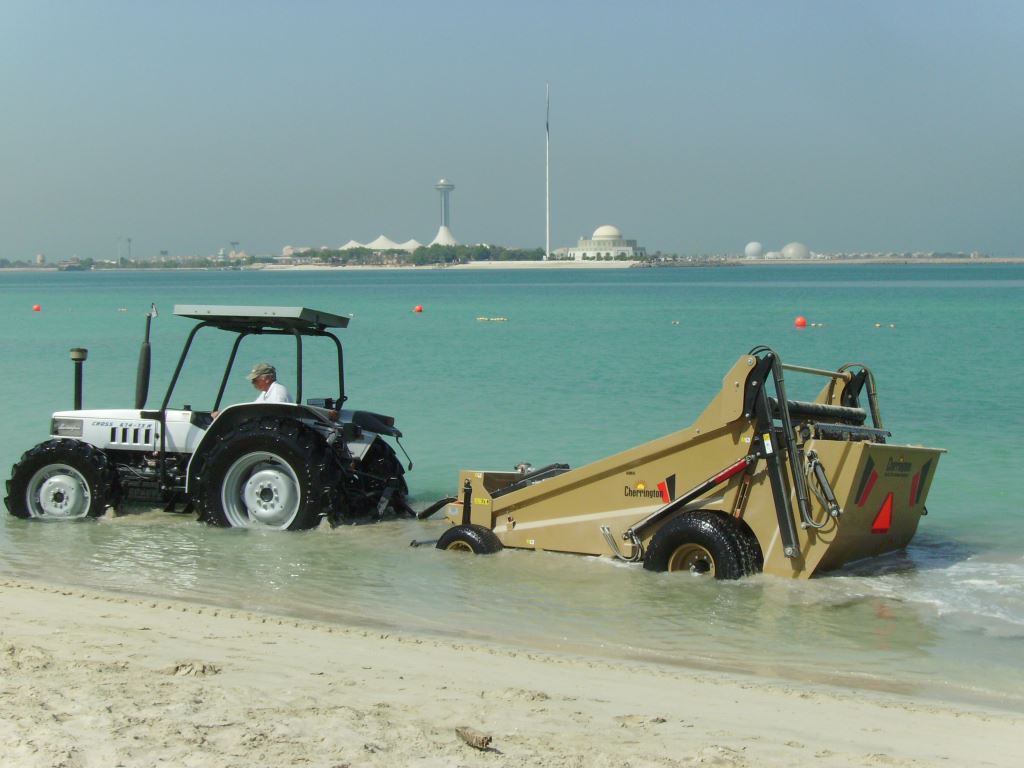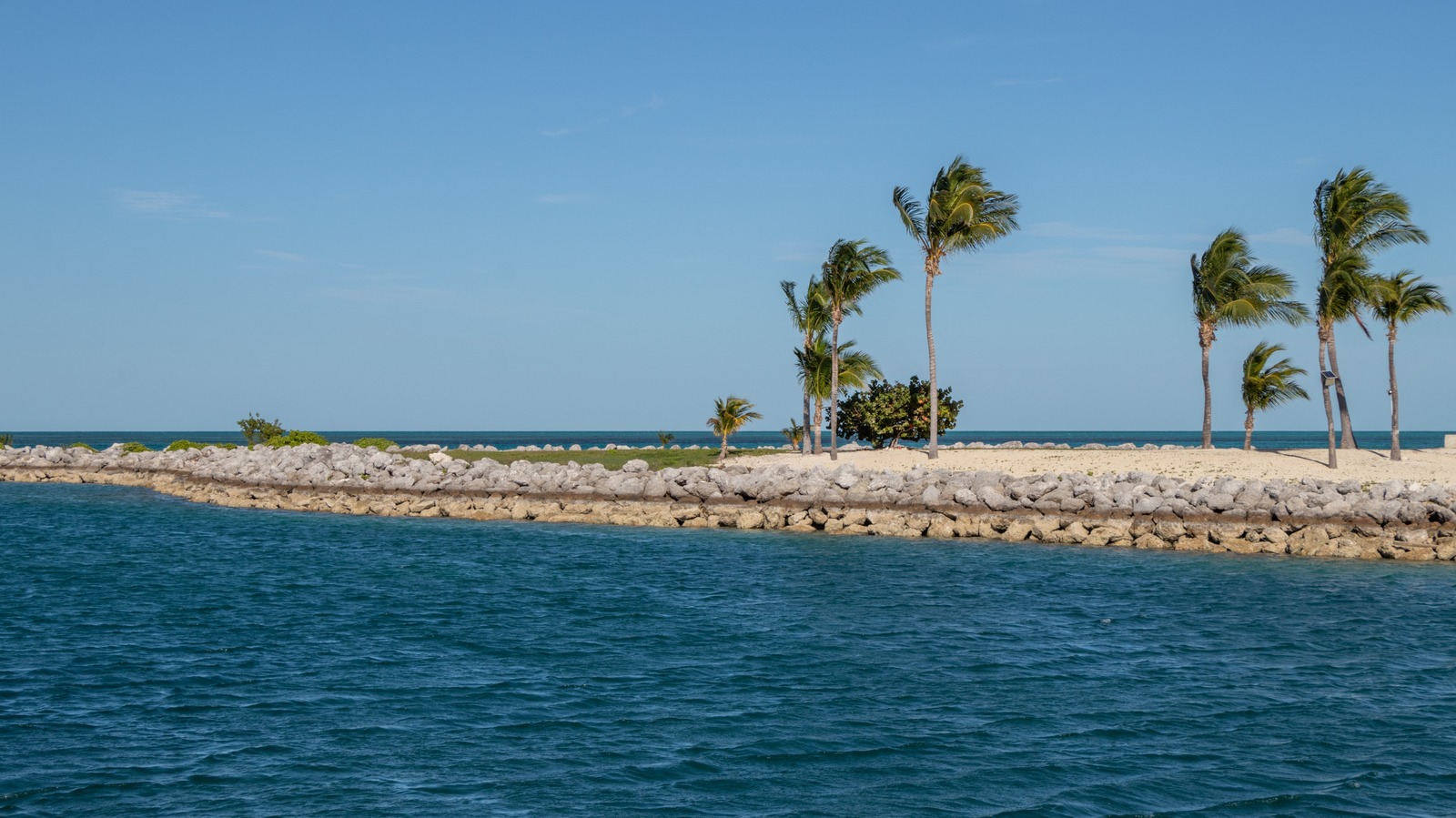There alot of big dogs out there that go after, and pursue these enormous treasures like the San jose......my scope is much smaller, and my budget is partially funded by my job. My personal budget and equipment is small, but the plan has proven successfull in the past. These ships were often thrown ashore, and the people were marooned on these keys and cays. Many died there on those rocks clutching there life's fortune. Just to stand where ponce did is dreamy for me !!
Imagine a survivor clutching a bag of treasure and money 💰 with no water or food, and maybe even injured. Now imagine that bag of 100 or so coins being found right where it dropped 400 years ago !! I don't need the headache of finding the rest with partners, boats, equipment, divegear,etc.etc.etc im off to the next rock to check around, and I don't really have to have a traditional job so to speak !! Best thing is you can do it with a kayak, back pack, and a metaldetector.....thats it !! When any scenario like this plays out, it's 1000% profit !! Always dream big, and put yourself in the best position for success.....when you finally succeed its an incredible feeling, and your recipe for success can be used again.....it becomes an odds game, and odds are sooner or later you will hit some coinage on one of these rocks....maybe even some church gold stashed by marooned monks/priests. Anything is still possible at these remote spots !!
A crust over bedrock you'll later describe.
Let's never be so desperate as to have to try to make sea water drinkable with no resources at hand.
Digging a well (a foot deep for example) here near a lake water will usually seep in. Then a matter of how clean the soil (preferably clean sand) is. Your description nulls that idea quick. Besides the substrate being saline and gull poop ect. contaminated.
Lucky the wreck victim to hold a water keg with contents. Briefly anyways.
"You can't take it with you " would make lightening the precious metals pearls gems or whatever the personal value of the day was atop what a ship might be hauling load if any no problem. But cached of course just in case you don't become sun dried jerky.
An article a while back described beach shelters.
A rat something , and another.
Pretty much a covered trench to create shade. The more material and energy the more sand walls could be covered. But a roof of fronds or sand covered lumber /anything the main goal in a pinch.
Someone shades sleeps too in a shaded trench above waterline ...Like multiple cultures a dirt floor underfoot and in sight makes a decent and accessible cache site.
And in my mind at the time it explains fresh moved sand that often shows discoloration.
How does that relate to an island with a skim coat of crust? Heat.Sun.Shade. Conservation of movement.
Today is not then. Nor is todays island cover the same.
Today N.N.E. looks great for shade , checking for vines to drain for a taste of water; maybe assault a tree to try to bleed a stump ;and trying to stab,net,wier,or hook, gaff, snag,shoot fish.








